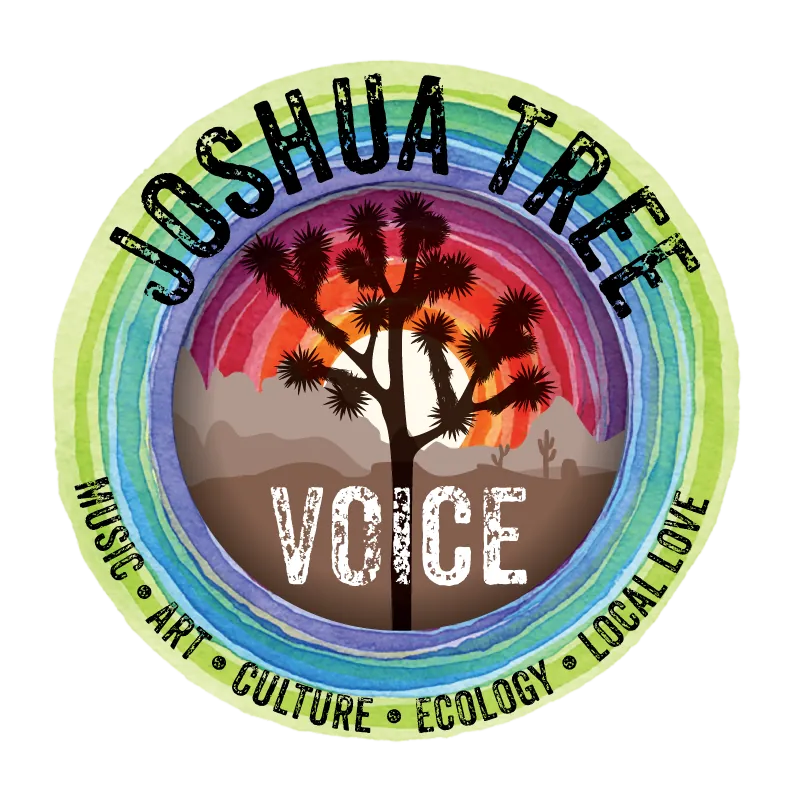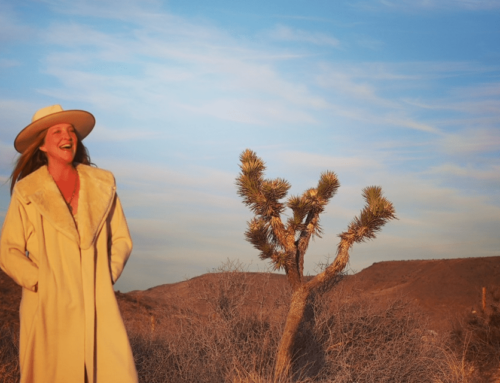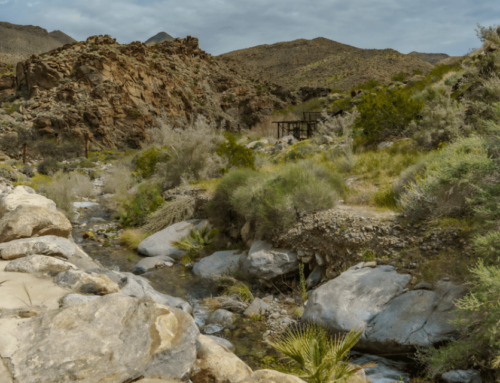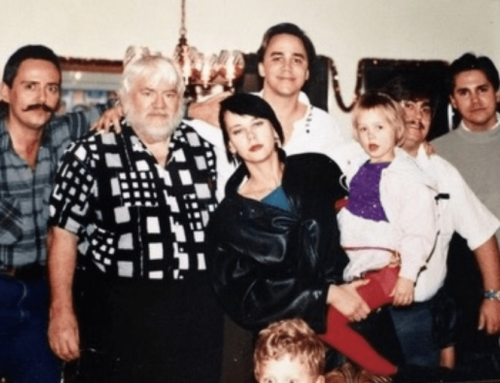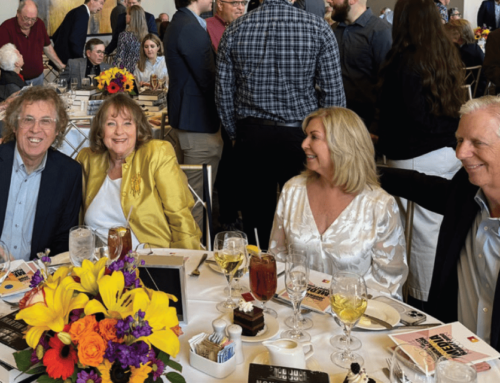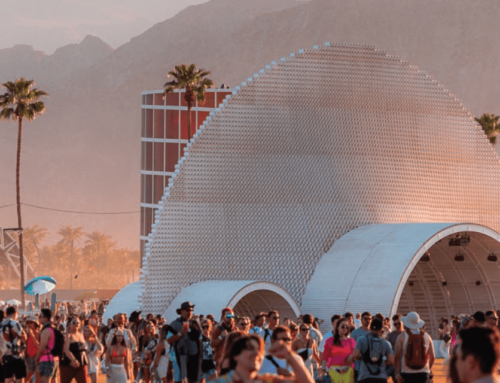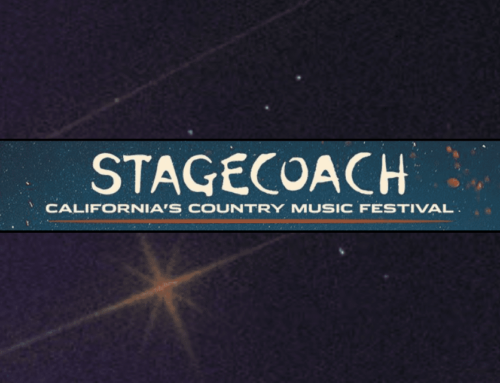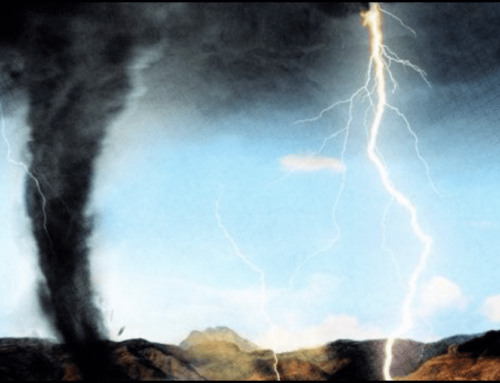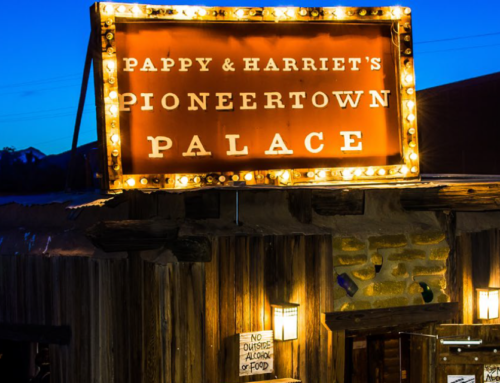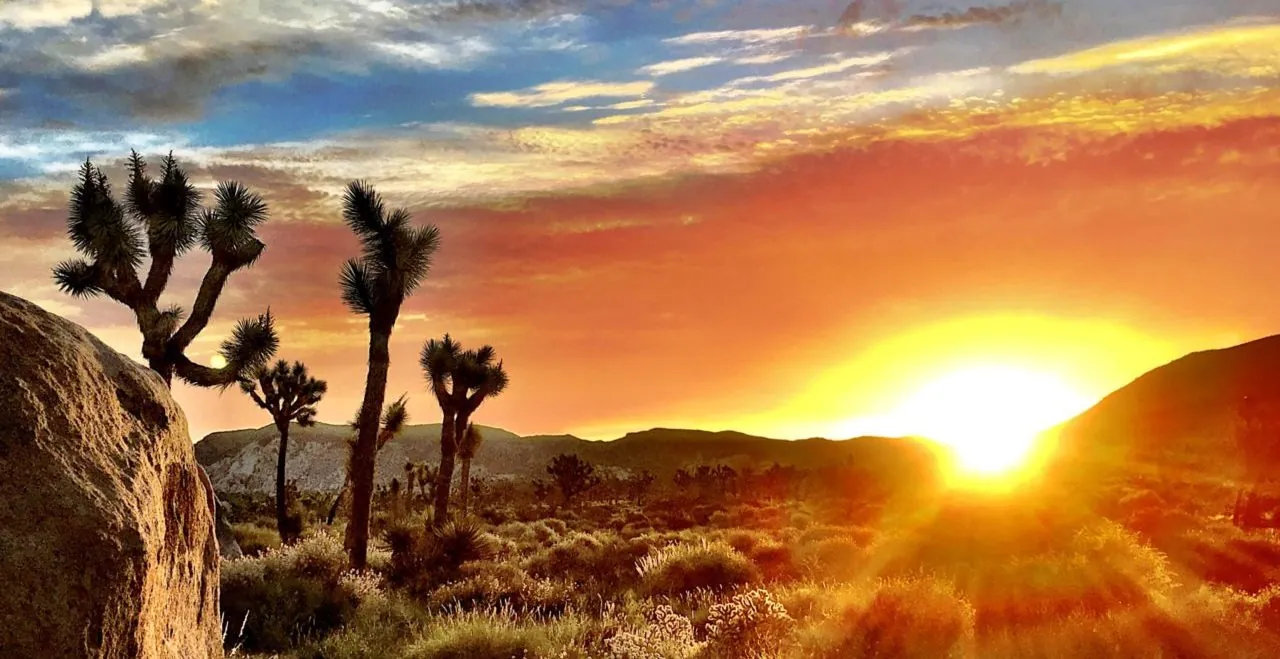
Joshua Tree National Park Association, Desert Institute
Photo Credit: Paul Moeller
Exploring Nature through Education
he Desert Institute at Joshua Tree National Park is an adult education program offering an in-depth exploration of the park’s natural wonders. Learn from highly qualified instructors who are passionate about sharing their expertise and committed to providing a personal and fun learning experience. The Desert Institute is sponsored by the Joshua Tree National Park Association and operates with the full endorsement of the National Park Service. Join us this season for an educational adventure.
This season of Desert Institute classes is made possible by the generous sponsorship of Visit 29 Palms. Check out Visit29.org to learn about all the great shops, restaurants, lodging and attractions in Twentynine Palms and start planning your visit.
If you are a member of JTNPA you will get a $10 discount off every Desert Institute class. Visit joshuatree.org to learn more.
ALL CLASS INFO: https://www.eventbrite.com/o/desert-institute-at-joshua-tree-national-park-6203433177
Birds of the Eastern Mojave: Spring Migration
Sat, May 7, 7:00 AM – Sun, May 8, 12:00 PM – $320
Oases in the Mojave Desert are used by a wide variety of bird species every fall as stopping points during their southward migration. Beginning with a Tuesday evening Zoom meeting, this course examines the important role of these stopover areas in the conservation of neotropical migrant birds. On Saturday, students travel by car to nearby sites in Death Valley, Baker, and Soda Springs that serve as migrant “traps.” Some of these sites are marshes and others are merely small islands of green in a sea of desert. Students learn about ecology, natural history, and special adaptations to the harsh desert environment. Sunday’s activities center around the Desert Studies Center where more than 240 bird species have already been recorded. The course should benefit ornithology students of all levels, those interested in general desert ecology, and teachers looking for useful ideas for the classroom. This field study is based at the Desert Studies Center (of California State University) located within the Preserve at Soda Springs (Zzyzx), about a three-hour drive from Joshua Tree. The course fee includes two nights’ lodging at the Center (dormitory rooms & some couple rooms), and meals starting with breakfast Saturday through breakfast on Sunday. Upon enrollment, you will be sent detailed information about the Center and what to bring.
Hike Level: Moderate
Geology of the Mojave National Preserve
Sat, Apr 9, 8:00 AM – Sun, Apr 10, 4:00 PM – $155
From the swirling sands of Kelso Dunes to Hole-in-the-Wall’s violent volcanic remnants, Mojave National Preserve serves as a showcase of ancient and modern geologic processes. Explore and learn about the geology of the vast Mojave National Preserve with Ted Reeves, on this overnight camping excursion with a
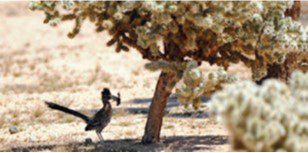
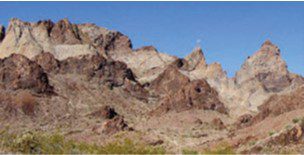
base camp at the Hole-In-The-Wall campground. You will need to provide your own camping equipment, food, and drinks as there are few facilities in this national preserve. This class will take you to spectacular locations within the Mojave National Preserve including the newly re-opened Mitchell Caverns. Course fee includes the entrance fee for the caverns. Don’t miss out on this opportunity! Class size is limited to 12 participants.
Hike level: Moderate
Geology of the Marble Mountains
Sat, May 7, 9:00 AM – 3:00 PM – $110
The Marble Mountains are a rather small mountain range located in one of the harshest, driest parts of the Mojave Desert. What makes the Marble Mountains especially attractive to paleontologists is the comparatively rich Cambrian fossil biota which can be found in a particular rock layer, the Latham Shale, that is well-exposed in the southern part of the range. The Latham Shale and the rock layers below and above it comprise a well-studied section of Lower and Middle Cambrian strata, which extends, with some variation, over a large part of the southern Mojave Desert. The dominant fossils in the Latham Shale are trilobites. Trilobites form one of the earliest known groups of arthropods. Join Professor Alessandro Grippo on this all-day field trip.
Hike level: Moderate
Night Sky Photography
Sat, May 7, 1:00 PM – Sun, May 8, 12:30 PM – $145
This two-day hands-on workshop is lead by Noted sky photographer Dennis Mammana. He will teach participants how to use even the simplest of cameras to create magnificent celestial portraits. That evening, participants will head to the Hidden Valley Picnic Area to try out their new knowledge under the real night sky. The next day, the class will look at images from the previous night, discuss their pros and cons, and try out
some image processing techniques in Photoshop that will make your photos pop. Any camera, digital or film, will work, as long as it can be adjusted manually, used with a tripod, remote control, and can take exposures of 15, 30, or more seconds. Students should have a good working knowledge of their equipment prior to taking this class. Students need to provide their own equipment, and dress in layers as the nights can be cold. Please bring a flash drive to share your field class images with the class and instructor on Sunday. Class size is limited to 8 participants.
Citizen Science: Phenology in Joshua Tree National Park
Sat, May 7, 6:00 PM – Sun, May 8, 5:00 PM – $170
Learn how to become a citizen scientist and collect data on the effects of climate change on plant phenology – or life cycle changes – in Joshua Tree National Park or your own backyard for the California Phenology Project. We will spend Saturday night in the classroom learning about the Project, including basic plant biology and the plants that are being monitored in Joshua Tree National Park. We will spend Sunday monitoring plants on Ryan Mountain. The hike up Ryan is 1.5 miles (3.0 miles round-trip) with an elevation gain of about 1000 feet and will end with fantastic views of the Park from the summit. We will return to the classroom to enter our data.
Hike level: Strenuous
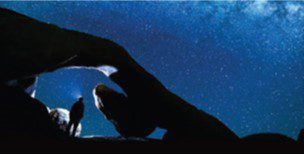
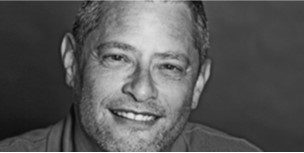
The Old Schoolhouse Lecture
Steven Biller
Art and Light, from the turn-of-the-century
landscape painters to the light and space artists of
conceptualists, like Phillip K. Smith III
Friday, May 13 at 7 PM – $5
For a century and counting, artists have come to the California desert to experience and depict its distinctive light. This talk surveys the artists and the techniques they used to capture and reflect the desert light.
Steven Biller is the longtime editor in chief of Palm Springs Life and a board member of Desert X, the biennial exhibition of site-specific artwork in the Coachella Valley. Join our speaker, Steven Biller, for this event sponsored by the Desert Institute at Joshua Tree National Park and the Twentynine Palms Historical Society. The lecture will be held at the Old Schoolhouse Museum at 6760 National Park Drive in Twentynine Palms on Friday, May 13. Doors open at 6:15 and the lecture begins at 7 pm. The donation for the presentation is $5 paid at the door.
Lizards and Reptiles of the Eastern Mojave
Fri, May 20, 7:30 PM – Sun, May 22, 12:00 PM – $320
The goal of this course is to familiarize students with the identification and natural history of the lizard and snake species found in the Eastern Mojave Desert. Over three days we will explore the Mojave National Preserve, visiting several different ecological habitats including Sand dunes, Joshua tree woodland, Creosote scrub, and ancient Volcanic lava fields and flows. The course fee includes two nights’ lodging at the Desert Studies Center along with meals starting with breakfast Saturday through lunch on Sunday.
Insects and Arthropods of the Eastern Mojave
Sat, May 21, 7:30 PM – Sun, May 22, 12:30 PM – $320
Students will learn about the basic anatomy of insects and how to tell them apart from other desert
arthropods. We will also review the many insect orders and families found in the East Mojave Desert region and their survival traits. We will spend time in the field to observe diurnal (day-active) insects and examine them up close, using a variety of different catch-and-release collecting methods. As we walk around the Desert Studies Center and explore a local Joshua Tree ecosystem during a Saturday field trip, we will examine the different habitats and behaviors of insects that we encounter and discuss the various adaptations that enable insects to survive in this harsh desert environment. After dark, we will examine insects that are attracted to the lights that we set up earlier. Ultraviolet lights and mercury vapor lamps will be used on the border of two different habitats: riparian and desert. This field study is based at the Desert Studies Center (of California State University) located within the Preserve at Soda Springs (Zzyzx),
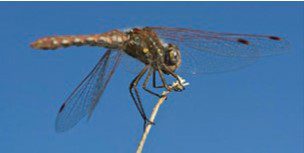
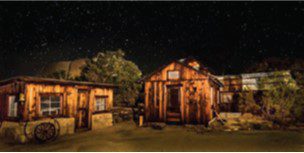
about a three-hour drive from Joshua Tree. The course fee includes two nights’ lodging at the Center (dormitory rooms & some couple rooms), and meals starting with breakfast Saturday through lunch on Sunday. Upon enrollment, you will be sent detailed information about the Center and what to bring.
Hike Level: Moderate
Keys Ranch Nightscape Photography Workshop
Sat, May 28, 6:30 PM – Sun, May 29, 12:00 AM – $170
With new digital camera technologies, nighttime has become the right time to make spectacular images! Unlock your creativity and take your photography to a new place in this one-night workshop on the photographic techniques after dark including wide-field astrophotography, light painting, and light drawing. Learn how to photograph the night sky with your DSLR camera. Light painting and light drawing are photographic techniques in which images are made using long shutter speeds as the photographer uses a hand-held light source, such as a flashlight, to create the exposure. The photographer either points the light source directly at the camera to “draw with light” or “paints with light” by shining the light source on an object or scene to create the illumination. From Ansel Adams to Pablo Picasso, these seemingly magical techniques have long inspired photographers and artists alike with their ability to make visible the invisible and to play with time. Class participants will be sent an advance instructional video to review two days prior to the class to prepare and you will be able to contact the instructor with any additional questions prior to the course. Upon arrival on the day of the workshop, participants will meet at the Visitor Center in Joshua Tree for check-in and then participants will caravan out to the restricted historic Keys Ranch where participants will have the opportunity to photograph the cosmos amongst the historic ranch buildings and artifacts. Class size is limited to 8 participants.
Hike Level: Easy
